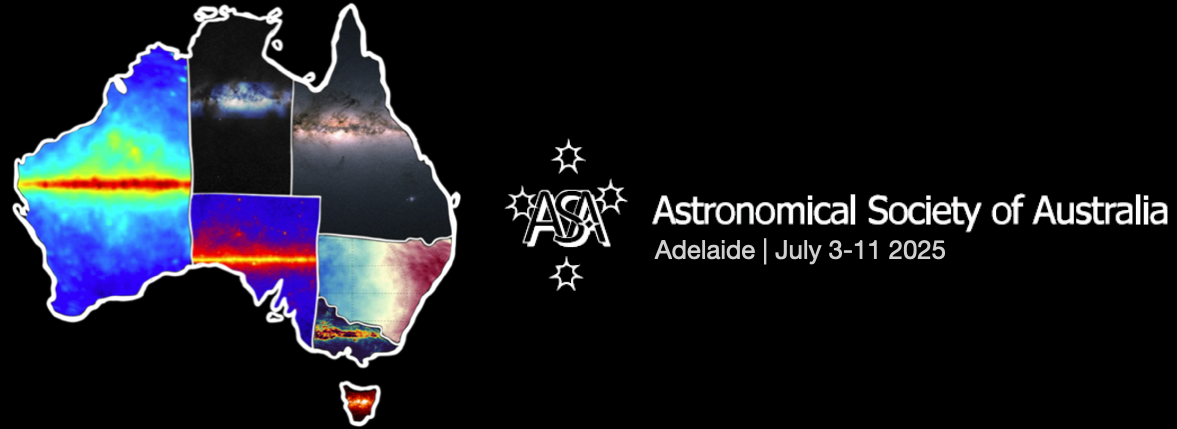Speaker
Description
The VAST Survey has been collecting data over the last four years using ASKAP to study radio transients. It has provided us with the most comprehensive radio time domain survey ever conducted, which gives us an invaluable opportunity to study radio transients, particularly Gamma-ray Burst (GRB) orphan afterglows, an area yet to be investigated using this dataset. GRBs are relativistic transients associated with the gravitational collapse of massive stars or coalescing compact objects. These events are accompanied by lower energy long-lasting afterglow emission at x-ray, optical, and radio wavelengths. Orphan afterglows resemble the long-wavelength afterglow of a GRB but are observed without a prompt emission trigger.
Prior to systematically searching for and identifying orphan afterglows using the VAST pipeline, a challenge will be to remove the artefacts in the data. In this project, we plan to evaluate different techniques and develop robust artefact detection methods, enabling us to identify not only afterglows, but also other classes of transients in the broader VAST survey. We aim to develop an image quality assessment algorithm for systematic implementation and potential upstream integration across the entire VAST pipeline. Eliminating non-informative artefacts at an initial stage will ensure that our computed measurements are derived solely from legitimate images, thereby improving the precision and accuracy of our subsequent analyses.
As a next step, our goal will be to study orphan afterglows, providing us with insights to help constrain existing afterglow models, ultimately revealing the nature of the central engines that drive them, and their progenitors.

